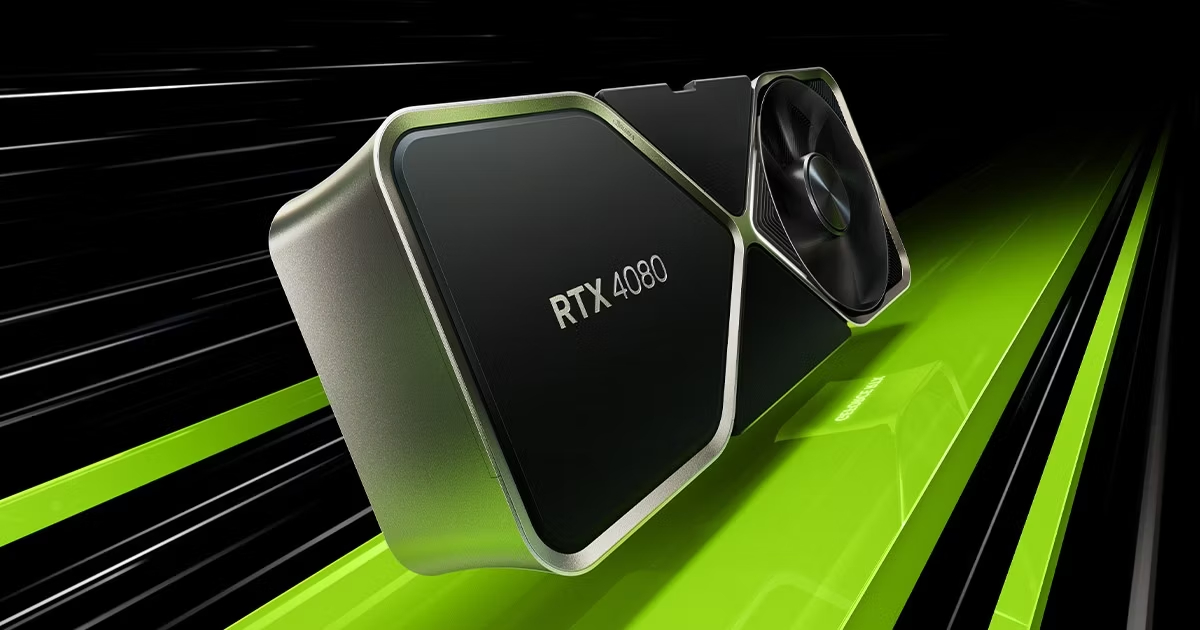The graphics card market is fiercely competitive, with each new release promising substantial improvements in performance. Nvidia, a giant in the GPU industry, consistently pushes the boundaries with its cutting-edge technology. The release of the Nvidia 4080 has stirred the market, as it stands against its predecessor, the 3090. This article delves into a comprehensive comparison of these two formidable GPUs, focusing on their performance in gaming, creative tasks, power efficiency, and price-to-performance ratio, to determine which card reigns supreme.
Gaming Performance: Speed, Graphics, and Realism
Frame Rate and Resolution
When it comes to gaming, the frame rate and resolution are crucial for a seamless experience. The Nvidia 4080, built on the latest architecture, is expected to outperform the 3090 in both areas. Gamers will likely see higher frame rates at similar or better resolutions, ensuring that the immersive experience in gaming is heightened to new levels with the 4080.
Ray Tracing and Image Quality
Ray tracing technology dramatically improves the realism of lighting and shadows in games. The Nvidia 4080, with its advanced ray tracing cores, aims to deliver even more lifelike scenes compared to the 3090. This means smoother transitions, sharper images, and overall better image quality, enhancing visual fidelity in all ray tracing-enabled games.

Enhancing Creative Workflows with GPU Power
Graphics Rendering and Video Editing
Creative professionals who rely on GPUs for rendering graphics and video editing will see performance differences between the 4080 and 3090. The newer 4080 is designed with enhanced CUDA cores and faster memory speeds, which translates to quicker rendering times and smoother editing processes, potentially streamlining workflows for graphics-intensive tasks.
AI Acceleration and 3D Work
The 4080 boasts better AI-driven features, such as DLSS (Deep Learning Super Sampling), which uses machine learning to produce high-quality graphics without taxing the GPU heavily. This is especially beneficial for professionals working on 3D modeling and animation, as it can drastically reduce the time taken for complex tasks while delivering exceptional detail and accuracy.
Consumption and Thermal Performance
Energy Consumption Comparison
Power efficiency is a significant factor for many users, and the Nvidia 4080, with its newer technology, promises better performance per watt than the 3090. This means that for the same tasks, the 4080 may draw less power, resulting in savings on energy bills and a smaller carbon footprint.
Heat Dissipation and Cooling
The thermal design of a GPU affects its performance and longevity. The 4080 is expected to have a more efficient cooling system compared to the 3090, which can handle high workloads without overheating. Cooler operation not only extends the life of the GPU but also ensures that performance does not throttle under intense gaming or creative sessions.
Price-to-Performance Ratio
Assessing Value for Gamers
Gamers always look for the best value for their money. While the Nvidia 4080 may come at a higher price point, its cutting-edge features and superior performance could justify the investment. The 3090, now an older model, might offer a better price-to-performance ratio for budget-conscious gamers who still want top-tier performance.
Long-Term Investment for Creatives
For creatives, investing in a GPU is about longevity and reliability. The 4080’s advanced capabilities may provide a longer lifespan and better support for future software updates and workflows. Although more expensive, the 4080 could offer better value over time, reducing the need for upgrades and ensuring consistent performance with evolving creative software demands.
In conclusion, the battle between Nvidia’s 4080 and 3090 is a testament to the rapid advancement in GPU technology. The 4080 appears to have the upper hand in gaming performance, creative task efficiency, power consumption, and thermal management. However, the 3090 still stands strong as a high-performance GPU that may offer better value for those with budget constraints. Consumers must weigh their specific needs, workloads, and budget to determine which GPU is the right choice for their use case. As each new GPU generation emerges, the competition drives innovation and provides users with more powerful and efficient options to fuel their gaming and creative endeavors.
